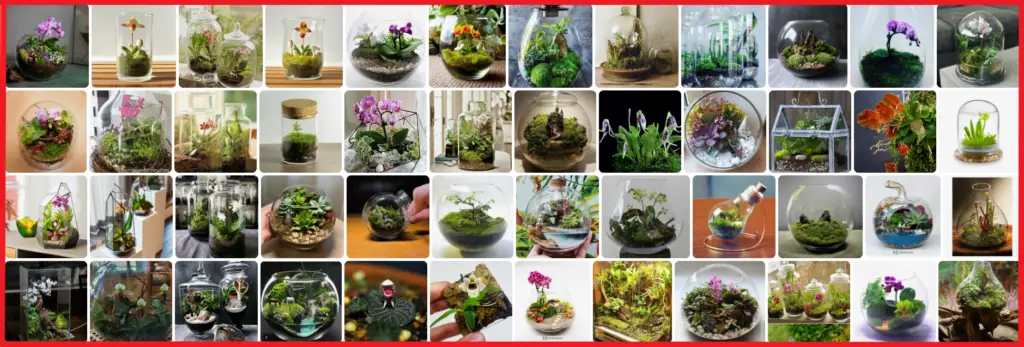

Imperial Red Philodendron
Imperial Red Philodendron
The imperial red philodendron (Philodendron imperial red) is a popular houseplant that is known for its striking red leaves. It is a relatively easy plant to care for, making it a good choice for beginners.
This article will provide you with all the information you need to know about growing imperial red philodendrons, including care tips, propagation, pests and diseases, companion plants, where to buy them, and more.
The imperial red philodendron is a member of the Araceae family. It is native to the rainforests of South America. It is a climbing plant that can reach heights of up to 10 feet. The leaves are heart-shaped and have a deep red color.
The imperial red philodendron is a popular houseplant because it is easy to care for and it is very tolerant of a wide range of conditions. It is also a relatively low-maintenance plant, making it a good choice for busy people.
Loading... Seconds Left for
Miniature Orchid Terrarium Gallery!

ICare and Growing Tips
The imperial red philodendron is a relatively easy plant to care for. It does best in bright, indirect light. However, it can tolerate some direct sunlight, as long as it is not too intense.
The imperial red philodendron prefers moist soil, but it does not like to be waterlogged. Water the plant regularly, but allow the soil to dry out slightly between waterings.
The imperial red philodendron is a fast-growing plant, so it will need to be repotted every year or two. When repotting, use a pot that is only slightly larger than the current pot.
The im
perial red philodendron is a heavy feeder, so it will need to be fertilized regularly. Fertilize the plant every two weeks during the growing season with a balanced fertilizer.
Propagation
The imperial red philodendron can be propagated by stem cuttings. To propagate a stem cutting, cut a 6-inch section of stem from the mother plant. Remove the leaves from the bottom half of the cutting.
Place the cutting in a glass of water. The cutting will root in about 4-6 weeks. Once the roots have formed, you can transplant the cutting into a pot of soil.
The imperial red philodendron is susceptible to a few pests, including aphids, mealybugs, and spider mites.
Aphids are small, green insects that suck sap from the leaves..
Mealybugs are small, white insects that secrete a sticky substance. Spider mites are tiny, red mites that feed on the leaves.
To control pests, you can use a commercial insecticidal soap or neem oil. You can also try to remove pests by hand.
The imperial red philodendron is also susceptible to a few diseases, including root rot and leaf spot. Root rot is caused by overwatering. Leaf spot is caused by a fungus.
To pre
vent diseases, you can water the plant properly and avoid overwatering. You can also prune the leaves to help the plant air out.
Companion Plants
The imperial red philodendron can be grown with a variety of other plants. Some good companion plants for imperial red philodendrons include:
- Anthurium
- Peace lily
- Snake plant
- ZZ plant
| Topic |
Answer |
| Philodendron Imperial Red |
A type of philodendron plant with dark green leaves with a red underside. |
| Imperial Red Philodendron Care |
Needs bright indirect light, moist soil, and regular watering. |
| Imperial Red Philodendron Plant |
Can grow up to 6 feet tall. |
| Philodendron Imperial Red Price |
$20-30 for a small plant, $50-75 for a large plant. |
| Red Emerald Philodendron Features |
Has a unique red color that makes it a popular houseplant. |

ICare and Growing Tips
The imperial red philodendron is a relatively easy plant to care for, but there are a few things you can do to ensure that it thrives.
First, make sure that the plant is getting enough light. Imperial red philodendrons do best in bright, indirect light. If the plant is not getting enough light, it will start to lose its red color and become more green.
Second, wat
er the plant regularly. The imperial red philodendron needs to be watered when the top inch of soil is dry. However, be careful not to overwater the plant, as this can lead to root rot.
Third, fertilize the plant regularly. Imperial red philodendrons should be fertilized once a month during the growing season. Use a balanced fertilizer that is diluted to half strength.
Finally, mist the plant regularly. Imperial red philodendrons enjoy high humidity levels, so misting the plant will help to keep the leaves looking healthy.




